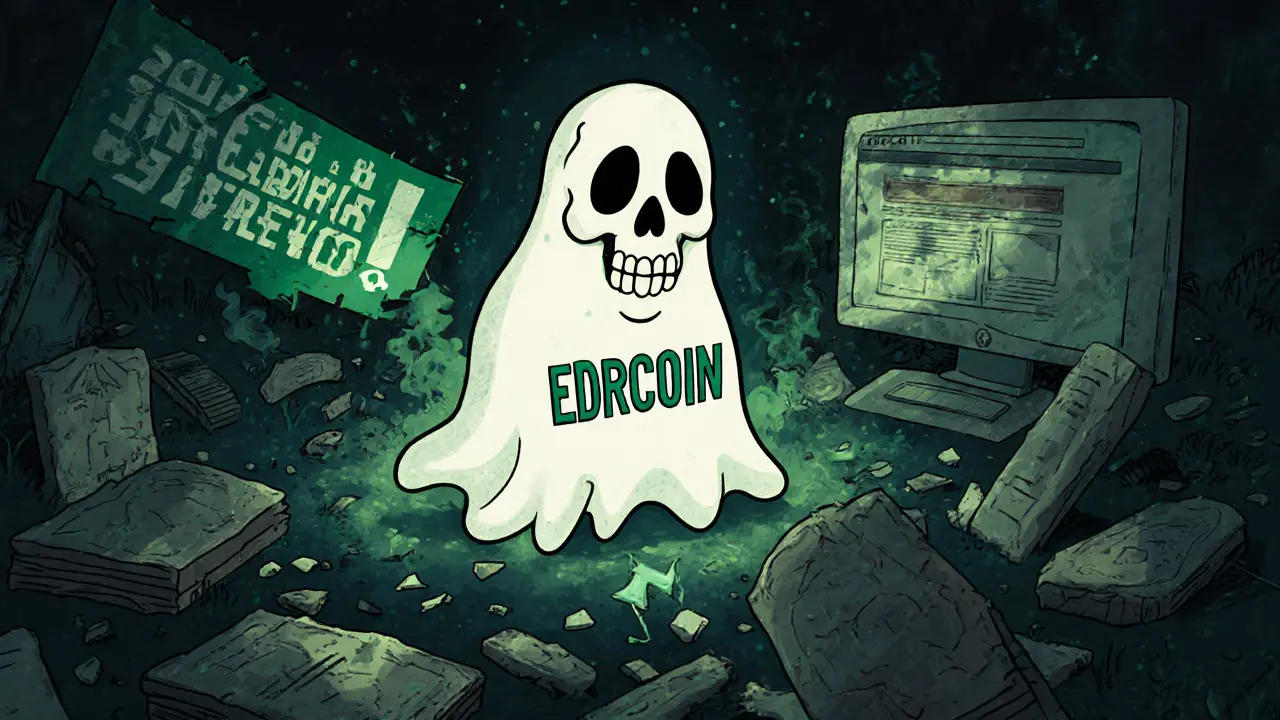Zombie Cryptocurrency: Dead Projects Still Trading and How to Avoid Them
A zombie cryptocurrency, a digital asset with no active development, team, or utility that continues to trade based on speculation or scam hype. Also known as a ghost token, it’s the crypto equivalent of a corpse walking—no heartbeat, but still moving because someone’s pulling the strings. These aren’t just low-volume coins. They’re projects that died years ago, yet their tokens still show up on exchanges, fueled by bots, pump groups, and desperate traders hoping for a miracle bounce.
Most zombie cryptos started as memes, influencers’ side projects, or outright frauds. Take Rivetz (RVT), a security-focused crypto that raised $18 million in 2018 but vanished by 2021 with no website, no team, and zero code updates. Or Nikita (NIKITA), a token tied to an AI tool that scans Twitter, but has almost no trading volume and no real users. These aren’t anomalies. They’re the norm in the micro-cap space. The market keeps them alive because people keep buying, hoping the next tweet or YouTube video will spark a 100x rally. But the truth? They’re dead. The code is frozen. The Discord is empty. The team has vanished. And the only thing still moving is the price chart—manipulated by wallets that dumped their holdings long ago.
Why do these tokens still trade? Because scams don’t need to work—they just need to find enough new people to keep the illusion going. A zombie crypto doesn’t need utility. It needs a ticker symbol, a fake roadmap, and a Reddit thread full of fake screenshots. You’ll see it in the comments: "I bought at $0.0001 and now I’m rich!" But the real story? That person sold at $0.0002 and moved on. The new buyers are the ones getting stuck.
Spotting a zombie crypto isn’t hard. Check the GitHub. If it’s been silent for two years, walk away. Look at the team. If their LinkedIn profiles are fake or missing, that’s a red flag. Check the token’s circulating supply. If 95% is held by three wallets, it’s not a decentralized project—it’s a controlled pump. And if the project claims to be "coming soon" or "launching next week" for the third year in a row? It’s dead.
The posts below cover exactly these kinds of tokens—the ones that look alive but aren’t. You’ll find deep dives on zombie cryptocurrency examples, how they’re kept alive by scam artists, and the real red flags that tell you to run. You’ll also see how some of these projects are tied to fake airdrops, fake exchanges, and misleading YouTube videos designed to trap new traders. This isn’t theory. It’s real cases. Real wallets drained. Real money lost. And most importantly—real ways to avoid becoming the next victim.

What is EDRCoin (EDRC) Crypto Coin? The Full Story Behind a Dead Cryptocurrency
EDRCoin (EDRC) is a dead cryptocurrency with no trading volume, no development since 2017, and impossible reward claims. Learn why it's a zombie coin and why you should never invest in it.
© 2025. All rights reserved.